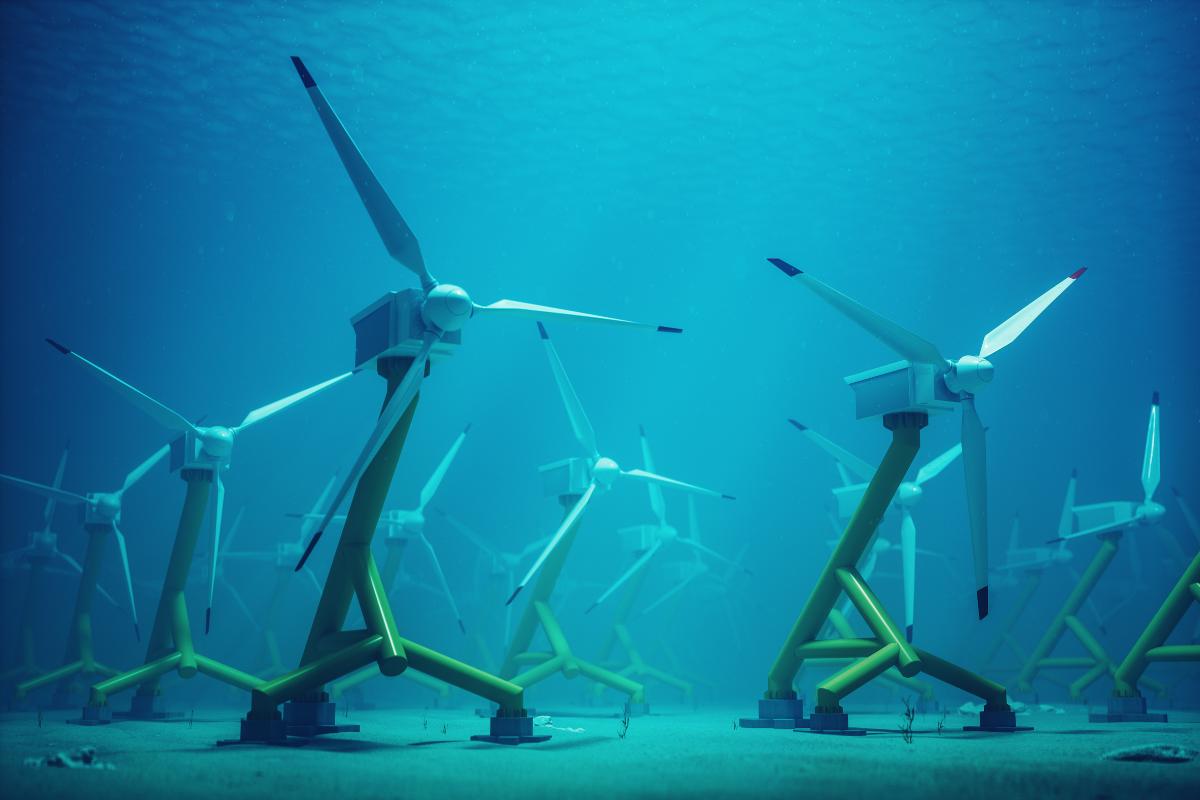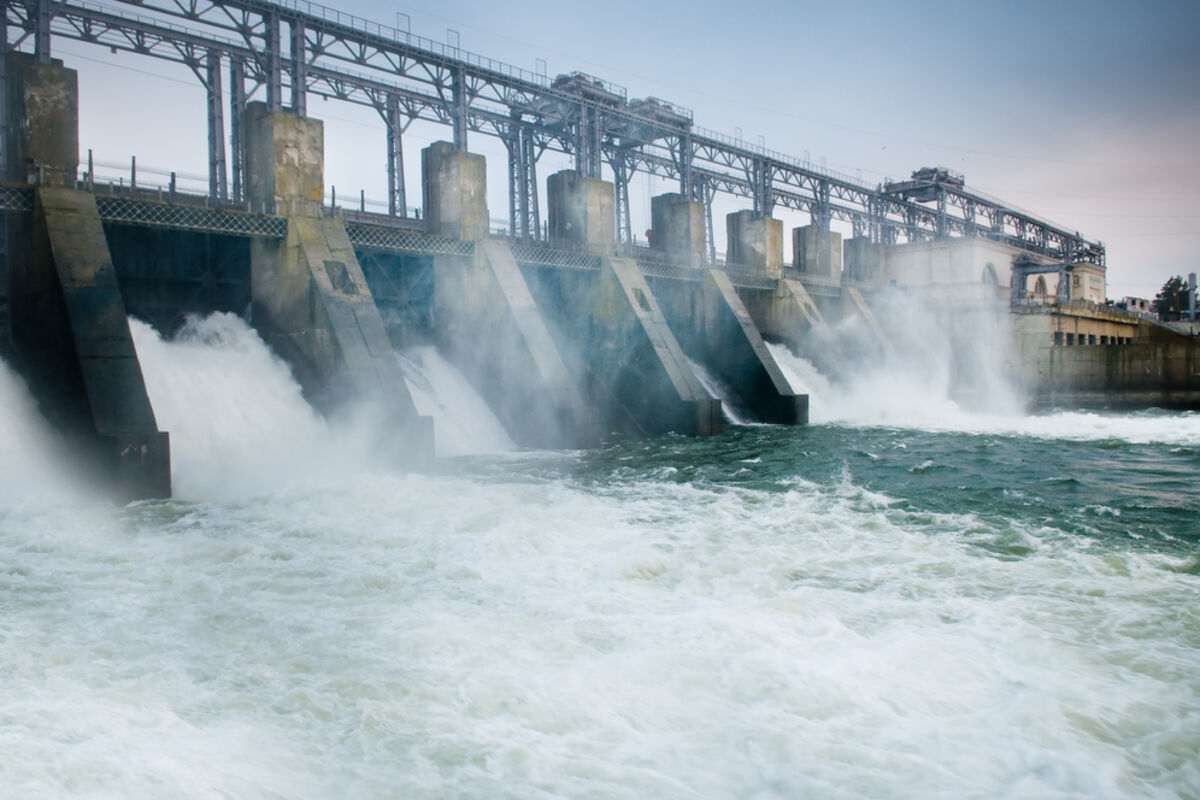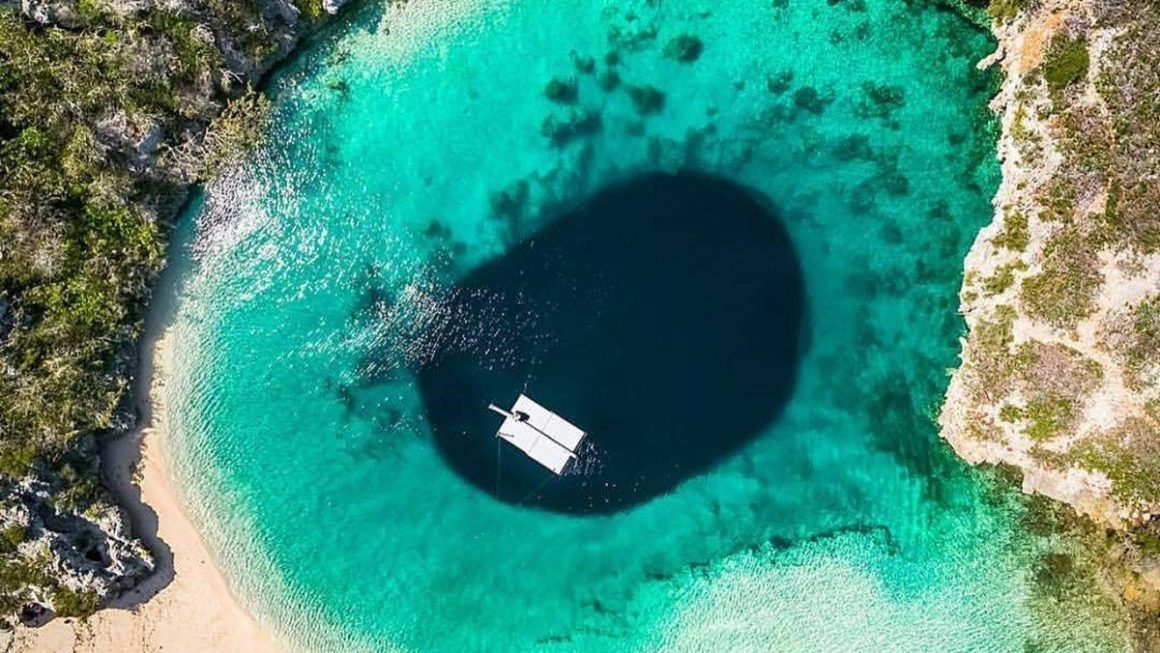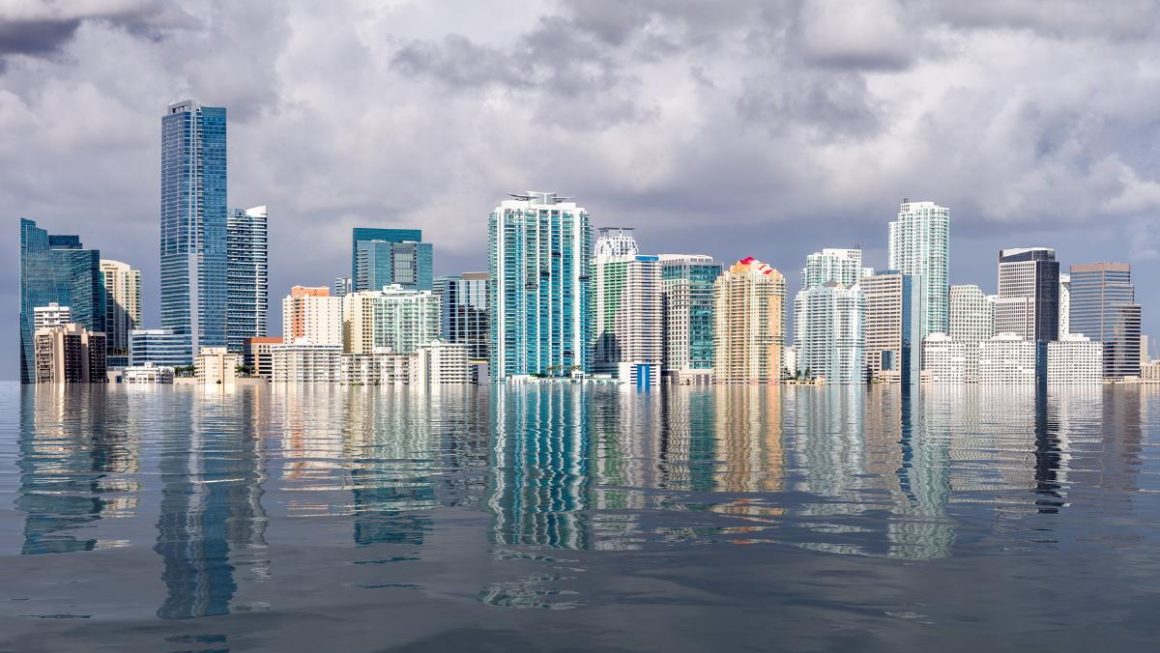Advances in energy and biomedical technology may play a leading role in this breakthrough.
The fact that water is the most common substance on Earth does not mean that we know everything about it. In fact, a revolutionary new study has just shown that, under the right conditions, the liquid can acquire properties that challenge everything we know about it. The research, published in the journal Nature, reveals that water confined in nanometric spaces simultaneously becomes a conductor of electricity and a large energy store.
The research.
This finding, which seems straight out of science fiction, not only opens the door to a new generation of technologies in energy and biomedicine, but also has an important Spanish stamp. The University of Granada (UGR) played a key role in an international team led by the University of Manchester and featuring Nobel Prize-winning physicist Andre Geim.
Dual behaviour.
Scientists discovered that when water is trapped in channels measuring just one or two nanometres—a space a million times smaller than a millimetre—its electrical behaviour is completely transformed. It acquires two properties that until now were considered contradictory.
The first of these is extreme electrical conductivity. This means that water becomes such a good conductor of energy that it reaches levels comparable to those of ‘superionic’ liquids, meaning that protons can move through it with great ease.
But it also gives it a large storage capacity comparable to that of ‘ferroelectric’ materials, with a dielectric constant that skyrockets to values close to 1,000, when the normal value for water is approximately 80.
Contradictory.
This discovery is particularly striking because it directly contradicts previous work by the same team, published in Science in 2018. At that time, they concluded that confined water became ‘electrically dead’.
How is it possible that it is now an electrical supermaterial? The answer lies in anisotropy: the properties of water change radically depending on the direction of measurement. The first study measured perpendicular to the layers that confined it; the new study measured parallel to it, revealing its true potential.

Technological revolution.
Having a single material, and none other than water, with extremely high ionic conductivity and unprecedented energy storage capacity is every engineer’s dream. This dual behaviour could be the basis for a new technological era in several fields.
One of these is, logically, energy, as it could lead to the production of much smaller, safer, more efficient batteries and supercapacitors with ultra-fast charging times. But it also opens the door to creating a water purification membrane that requires drastically less energy.
Spanish contribution.
Measuring these properties on such an absurdly small scale was a technical feat, but the raw data obtained was a jumble of complex signals. This is where the contribution of the University of Granada was decisive.
René Fábregas, a researcher in the Department of Applied Mathematics at the UGR, developed a sophisticated mathematical model that made it possible to correctly interpret the avalanche of experimental data. His work was the ‘score’ that gave meaning and coherence to the measurements, allowing the amazing properties of confined water to come to light. As the UGR’s own press release points out, without this mathematical model, the discovery would not have been possible.




